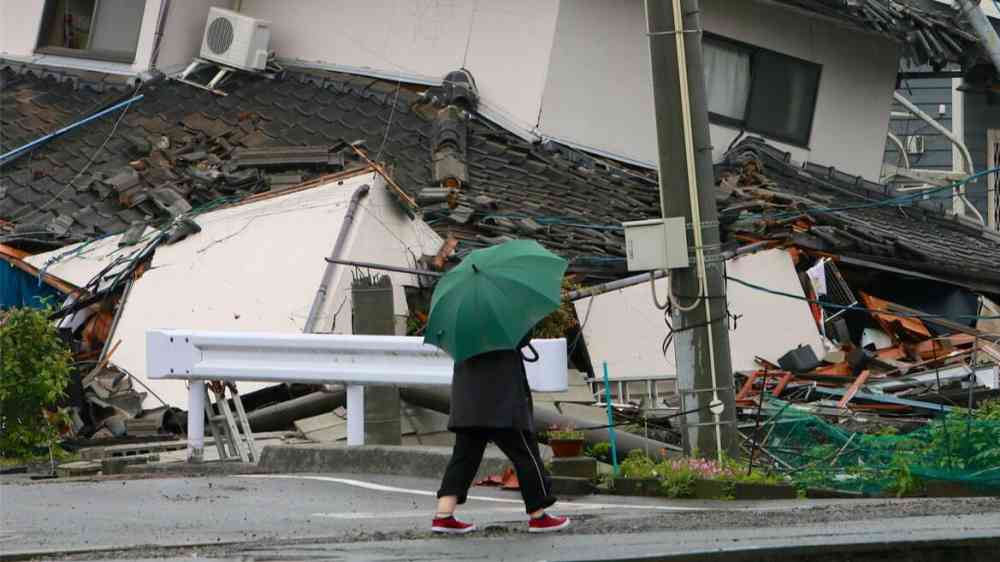What a century of earthquakes has taught Japan

[...]
The death toll is nearing 50 and is likely to rise further. Roads have been ruptured and bridges destroyed. Hundreds of buildings have collapsed, trapping people underneath. The quake also unleashed massive landslides.
But the vast majority of buildings are still standing. In the large cities of Toyama and Kanazawa, life this morning seemed to be returning to some kind normalcy.
[...]
Despite the extensive damage, yesterday's quake is also a remarkable story of Japan's success at mitigating such disasters.
[...]
Each time the country has been hit by a large quake, the damage has been studied and the regulations updated. The biggest leap took place in 1981 after which all new buildings required seismic isolation measures. Again, after the Kobe quake in 1995, more lessons were learned.
A measure of the success is that when the massive 9.0 quake hit in 2011, the shaking level in Tokyo hit 5. That is the same as the shaking that Japan's capital suffered in 1923.
In 1923 the city was flattened - 140,000 people died. In 2011 huge skyscrapers swayed, windows shattered, but no major buildings fell. It was the tsunami that killed so many thousands, not the tremors on the ground.
[...]